- Have any questions?
- +86-189 8930 5995
- sales@mosinterchem.com.cn
Cadmium acetate CAS 5743-04-4

1,10-Phenanthroline hydrate CAS 5144-89-8
17/12/2018
Lead acetate CAS 6080-56-4
17/12/2018| Model: | MOS 5743-04-4 |
| Brand Name: | MOSINTER |
| CAS No.: | 5743-04-4 |
| molecular formula: | C4H10CdO6 |
| molecular weight: | 266.53 |
| Density: | 2,01 g/cm3 |
| Melting Point: | 254°C |
| Sensibility: | Hygroscopic |
| Soluble: | Soluble |
| Stability: | Stable. Incompatible with strong oxidizing agents, strong acids, strong bases. |
Cadmium acetate (CAS: 5743-04-4)
| Item | Index |
| Appearance | Colorless crystals |
| Purity %≥ | 98.0 |
| Clarity test / No. ≤ | 6 |
| Water insoluble %≤ | 0.005 |
| Chloride (Cl) %≤ | 0.005 |
| Sulfate (SO4) %≤ | 0.01 |
| Lead (Pb) %≤ | 0.006 |
| Iron (Fe) %≤ | 0.001 |
| Copper (Cu) %≤ | 0.001 |
| Zinc (Zn) %≤ | 0.005 |
| Sodium (Na) %≤ | 0.005 |
| Potassium (K) %≤ | 0.005 |
| Calcium (Ca) %≤ | 0.005 |
Cadmium acetate is the chemical compound with the formula Cd(CH3CO2)2. This colourless
solid is classified coordination polymer, featuring acetate ligands interconnecting cadmium centers.
The compound exists in anhydrous form and as a dihydrate. It forms by treating cadmium oxide with acetic acid:
CdO + 2 CH3COOH → Cd(CH3COO)2 + H2O
Uses
Cadmium acetate is used for glazing ceramics and pottery; in electroplating baths, in dyeing and printing
textiles; and as an analytic reagent forsulfur, selenium and tellurium.
Preparation
Cadmium acetate is prepared by treating cadmium oxide with acetic acid. The compound may also be
prepared by treating cadmium nitrate with acetic anhydride.
Safety
Cadmium compounds are considered Group 1 carcinogens by the IARC.
You must be logged in to post a review.

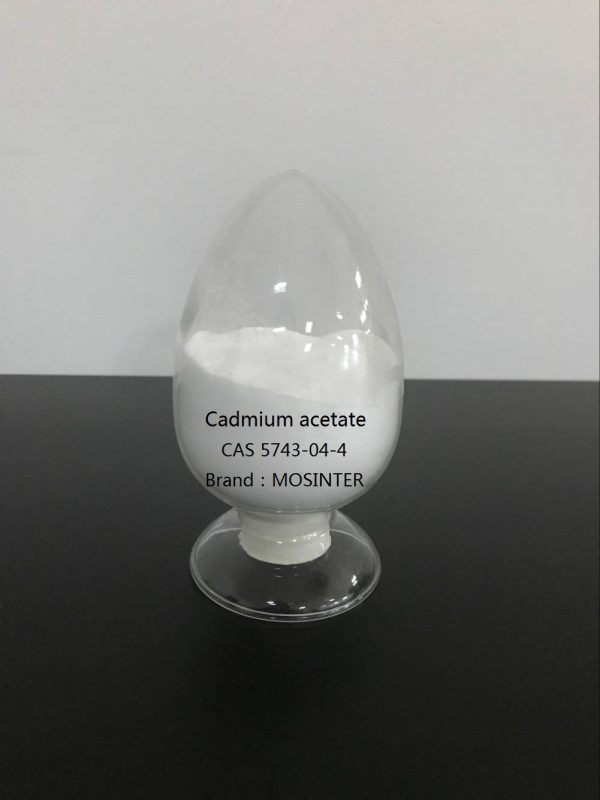
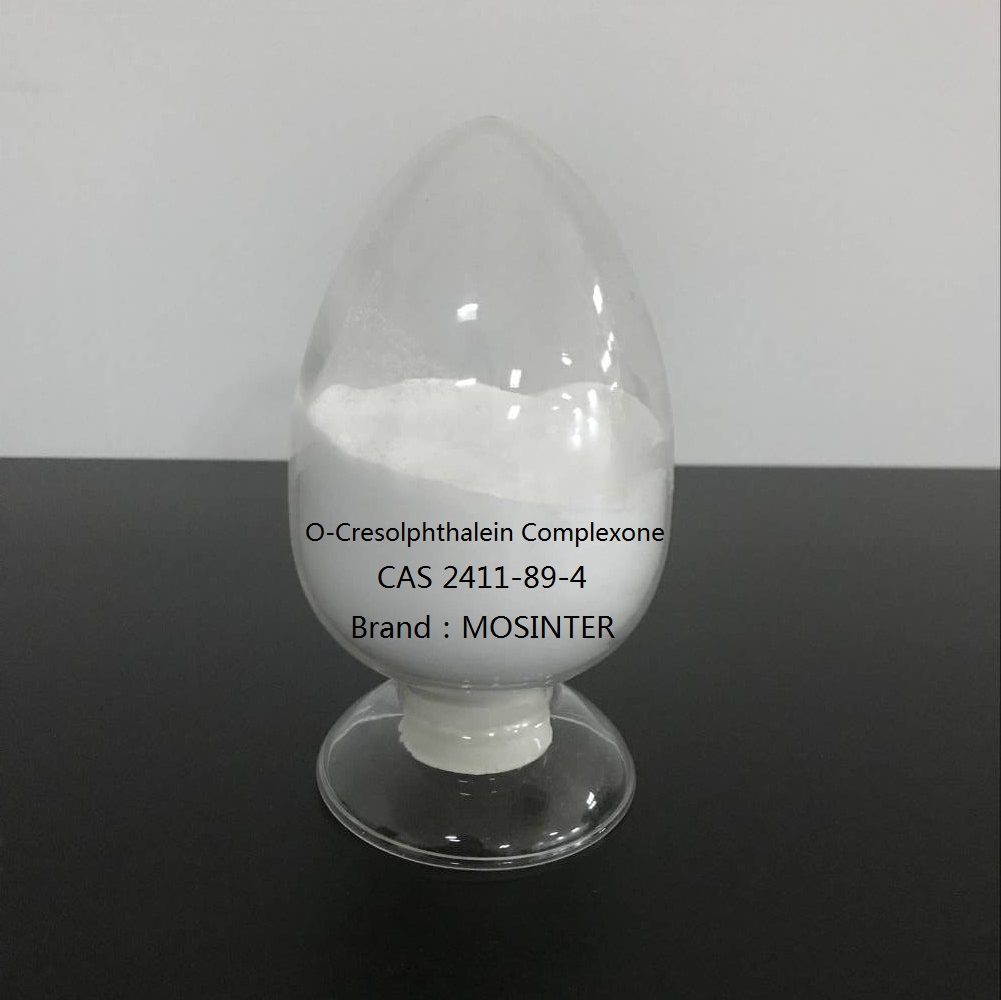
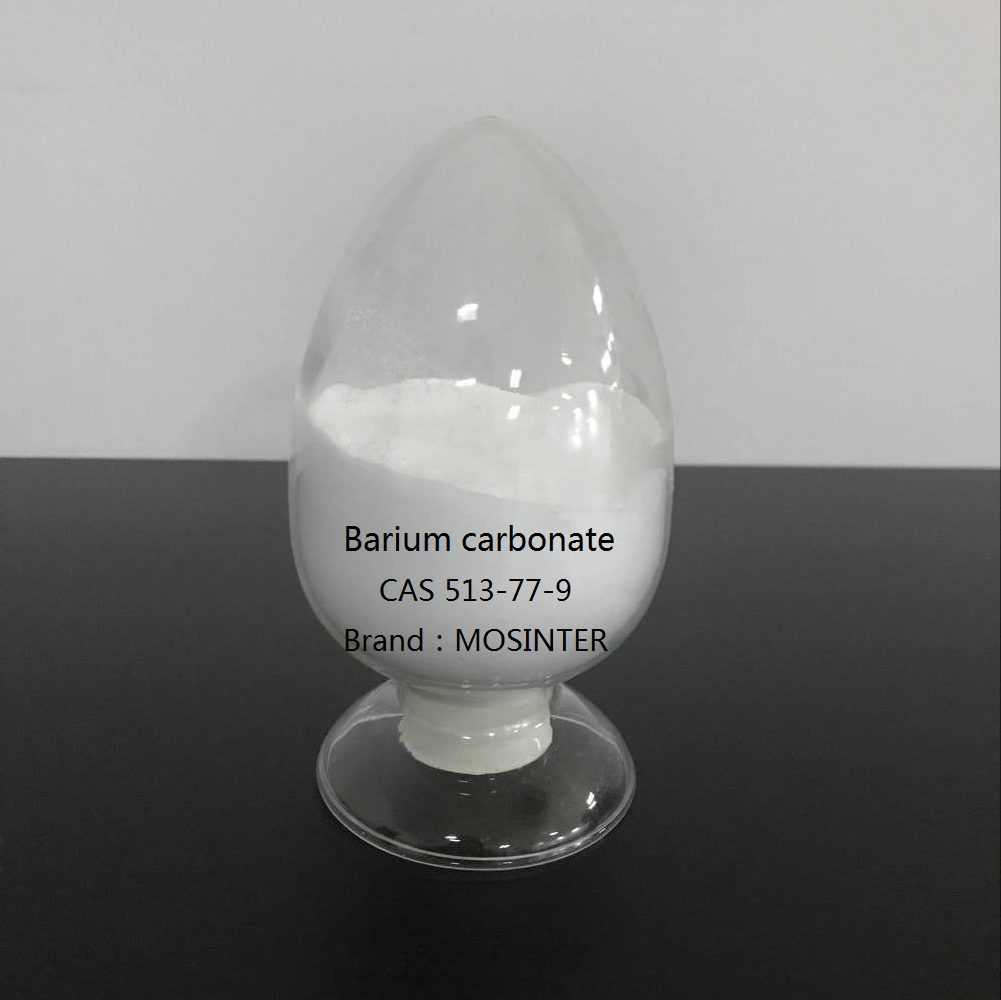
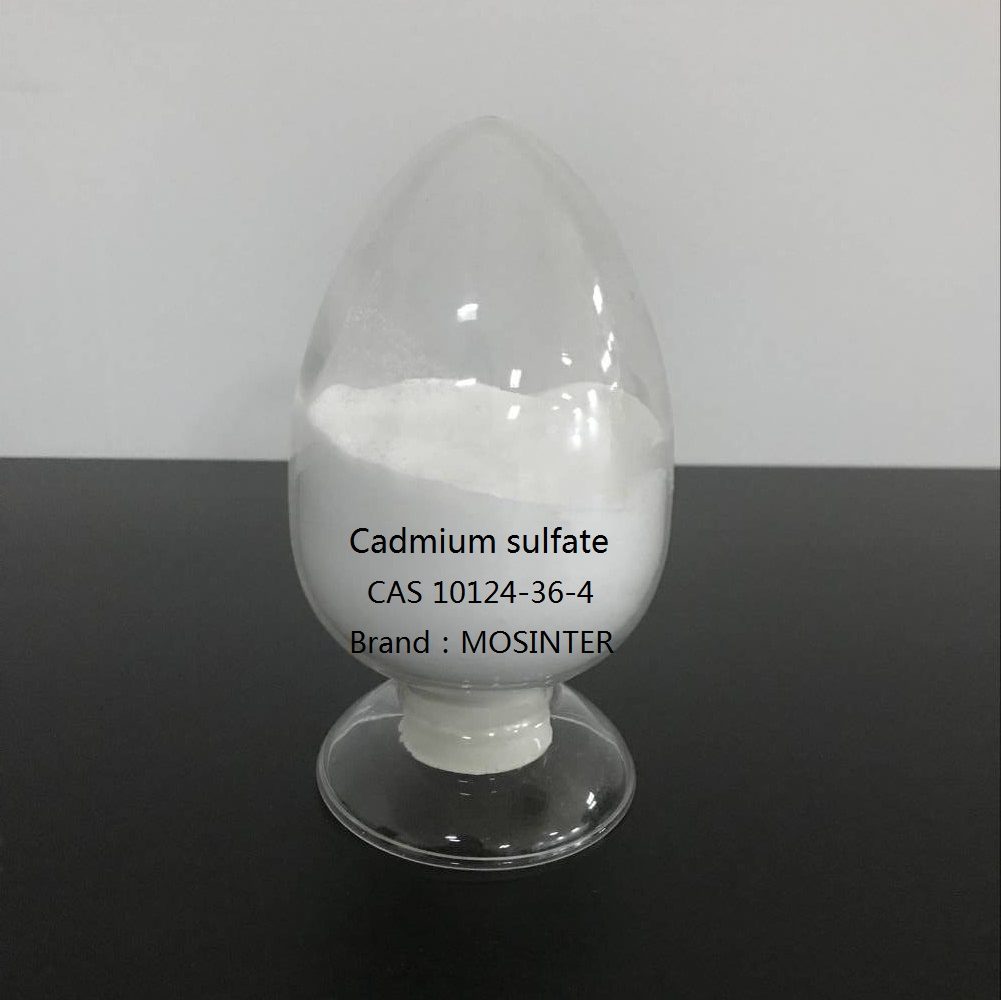
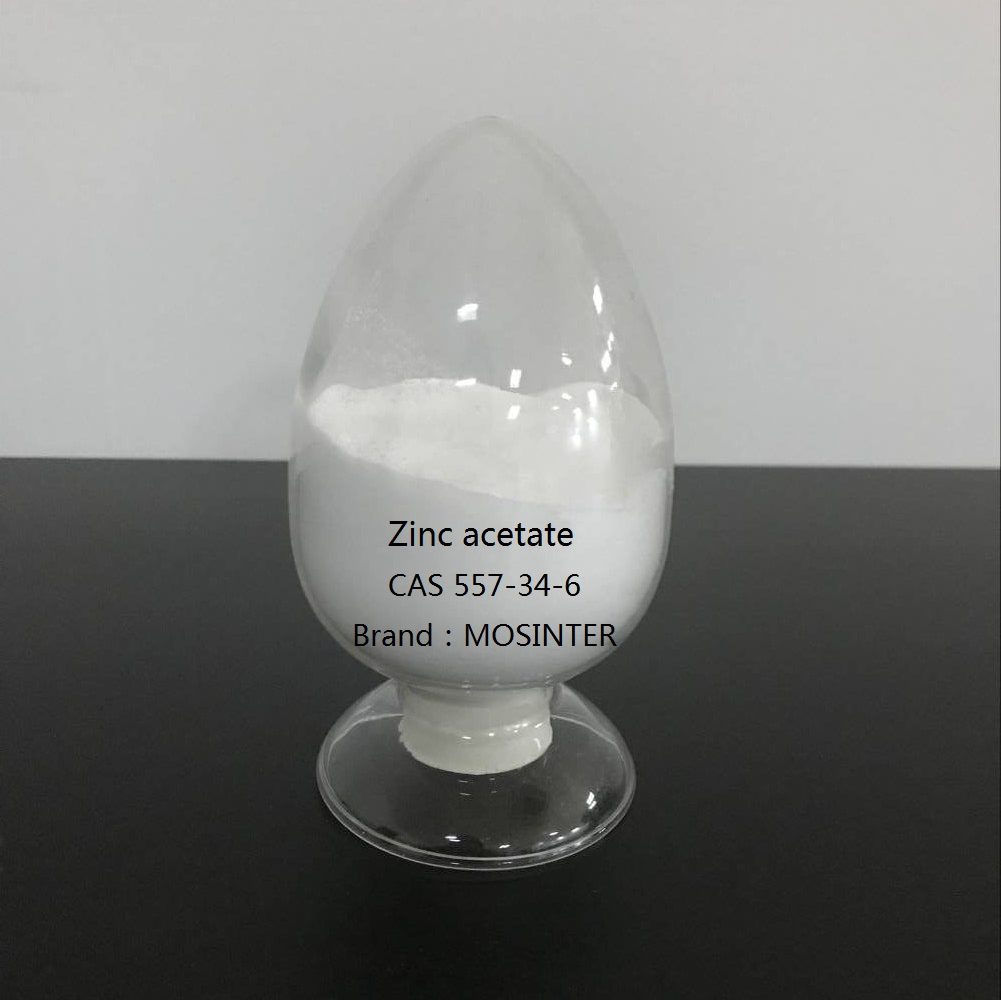
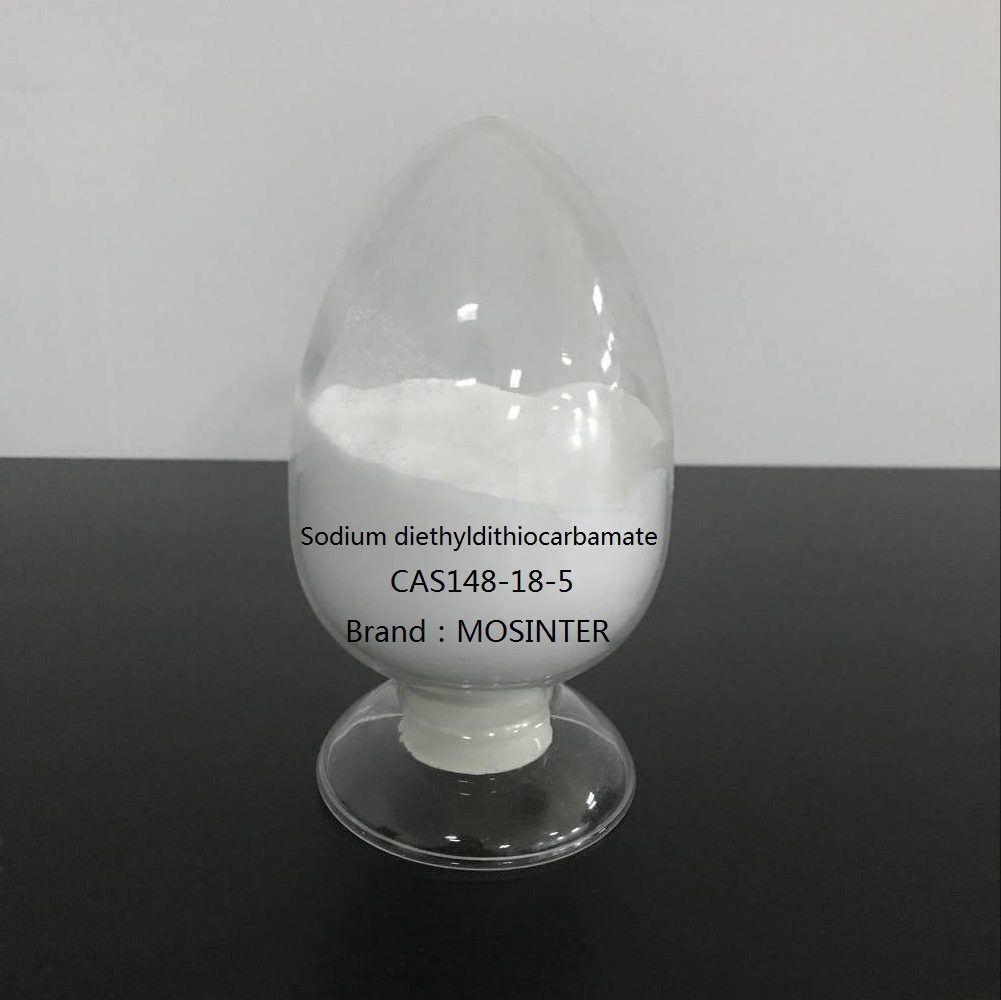
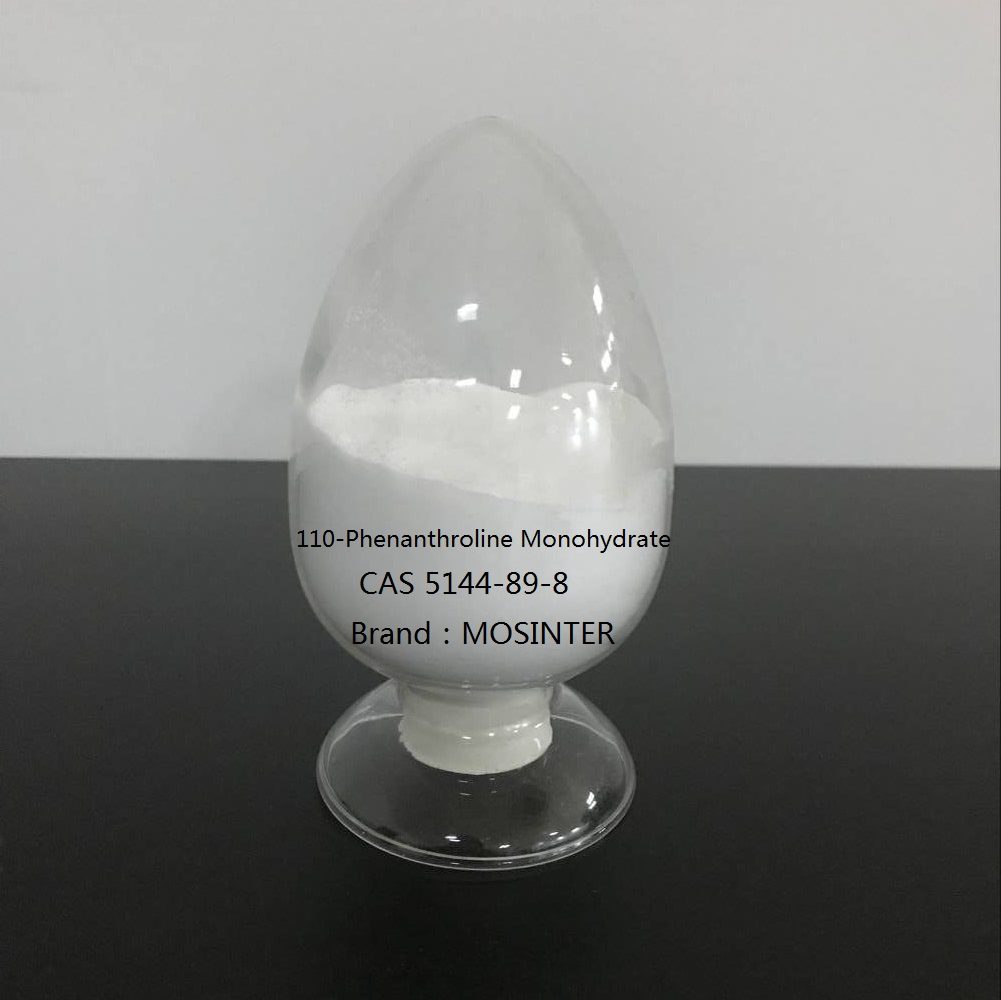
Reviews
There are no reviews yet.